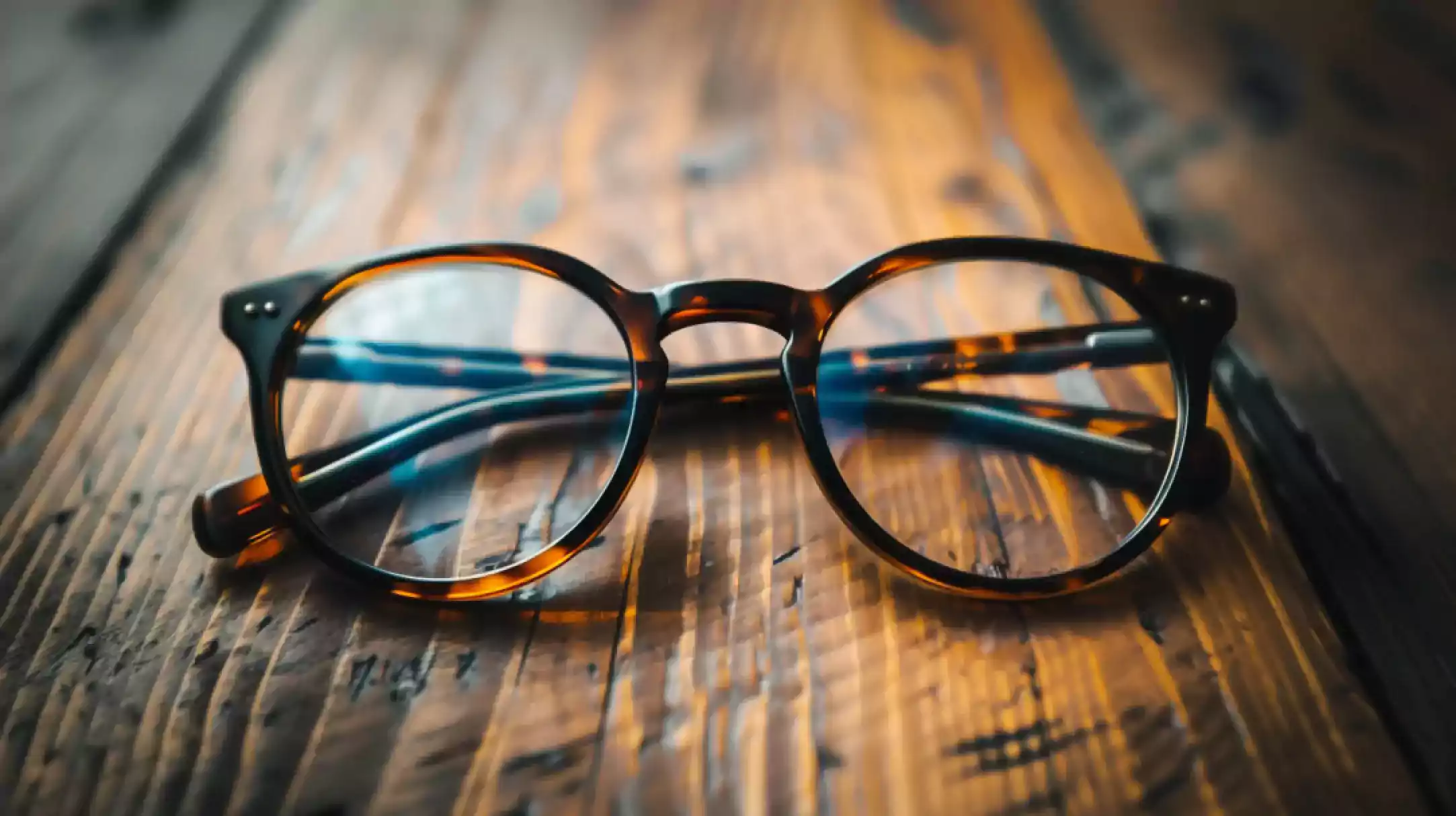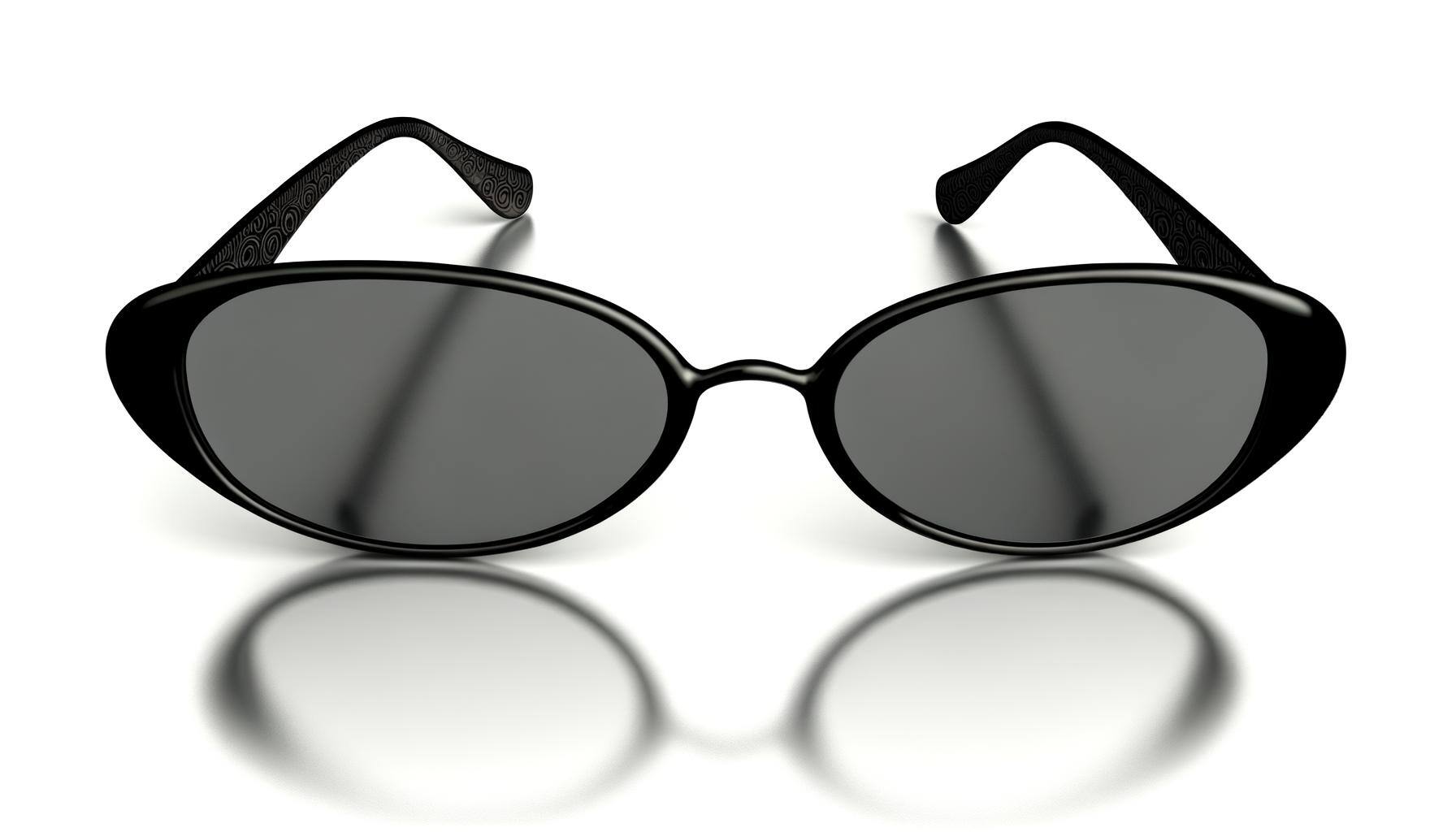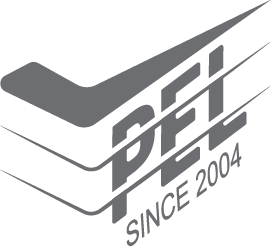The new EU standards for nickel used in eyewear frames will come into effect by November 2018, here’s what you need to know.
In November 2015 the European Union (EU) published a new nickel release standard EN 16128:2015 ‘Ophthalmic optics - Reference method for testing of spectacle frames and sunglasses for nickel release.’ This standard has been substantially revised and was given the status of a national standard in May 2016. BSI and any conflicting national standards will be withdrawn by November 2018.The availability of the new reference method for the determination of the release of nickel will provide the reliable framework to enforce the limit value for nickel release of 0,5 µg/cm2/week set forth by European Regulation. It will ensure a uniform application and control of the European legislation in all member states.
The key changes in the new standards compared with the previous EN 16128:2011 standard as below:
1. STANDARD TITLE
EN 16128:2015 Ophthalmic optics – Reference method for the testing of spectacle frames and sunglasses for nickel release.
2. SCOPE
The scope of this standard is for the parts of metal spectacle frames, combination spectacle frames, ready-to-wear spectacles, sunglasses and other items for eye and face protection that are intended to come into direct and prolonged contact with the skin of the wearer.
3. ARTIFICIAL SWEAT SOLUTION
The artificial sweat solution changed to replace ammonium solution with sodium hydroxide solution:
- Sodium chloride
- Lactic acid
- Urea
- Sodium hydroxide solution
The parts to be tested for nickel release are placed in an artificial sweat test solution for 1 week. The concentration of dissolved nickel in the solution is determined by an appropriate analytical method.
4. TEST PARTS WITH ORGANIC COATING
- These test parts require a coating test using an electrochemical cell based on Electrochemical Impedance Spectroscopy (EIS).
- A test part is deemed to be compliant if the impedance is ≥ 3.0 x 105 Ω.cm².
- A non-compliant test part may be subject to the nickel migration test as for parts without an organic coating. It is preferable to use new samples for the migration test.
5. TEST PARTS WITHOUT AN ORGANIC COATING OR NOT REQUIRING EN 12472 'SIMULATION ON WEAR AND CORROSION'
- A nickel migration test to determine nickel release by artificial sweat solution into a test paper (incubation at defined conditions for 1 week) and subsequent analytical detection of the nickel released into the paper.
- A combination of test parts (e.g. front) is deemed to be compliant if the migration value is <0.76 mg/cmÇ/week. This is in consideration of a number of statistical factors, including the measurement uncertainty factor.
According to the CEN/CENELEC Internal Regulations, the national standards organizations of the following countries are bound to implement this European Standard:
Austria, Belgium, Bulgaria,Croatia, Cyprus, Czech Republic, Denmark, Estonia, Finland, Former Yugoslav Republic of Macedonia,France, Germany, Greece, Hungary, Iceland, Ireland, Italy, Latvia, Lithuania, Luxembourg, Malta,Netherlands, Norway, Poland, Portugal, Romania, Slovakia, Slovenia, Spain, Sweden, Switzerland,Turkey and the UK.
Harmonizing the test method for nickel release in all member states is vital with a view to effectively protecting the health of the end consumer, that is, the spectacle wearer. Nickel allergy is still the most frequent contact allergy in Europe and a significant health issue.
In order to support your EU eyewear market access strategies, PEL is equipped with over 40 years experience in providing comprehensive solutions for your eyewear compliance to meet the market demand. If you’re unsure about the new regulations and how it will affect your business don’t hesitate to contact one of our consultants to assist you.
Do you know of any other changes in eyewear regulations or updates worth sharing with our readers, or that you would like us to blog about? Please feel free to leave a comment below.
Check out some of our other eyewear blogs that you may also find helpful:
Private Label Eyewear - Levelling the Playing Field in 2018
Private label eyewear and in-house brands are hitting the right notes with today’s buyers. Is it a lucrative business prospect or a fool's errand? We make the case for private label, but take a look at the facts and decide for yourself.
10 Best Practices You Must Follow to Ensure Quality Eyewear Manufacturing
Top quality eyewear manufacturing requires careful planning and some thought, which tends to be a time consuming exercise. To make the entire process easier for you we’ve compiled the Ten Best Practices you must follow to secure the best possible eyewear available.
The True Cost of Eyewear Quality Control - Why it Saves You Money
If you haven’t heard the expression “buying cheap is buying expensive” before, you have now. Skimping on quality when manufacturing eyewear is a bad move, but the lack of proper QC is almost worse, read on to see why paying a little more for professional eyewear quality inspection is actually very affordable when compared to its alternatives.







.jpg)



